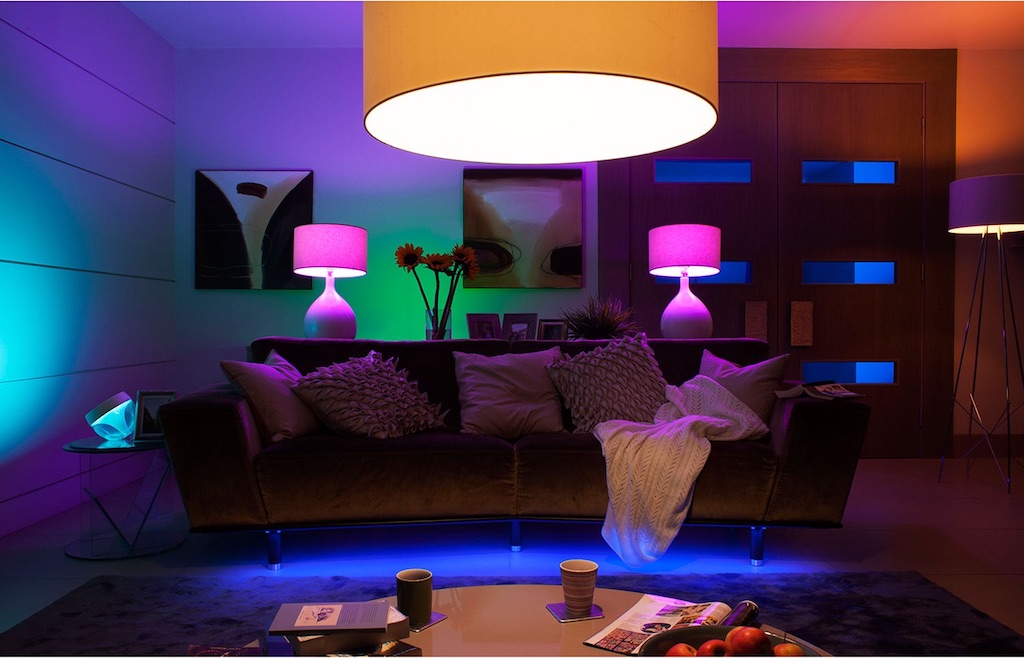
A couple of years ago, we looked at what you needed to know about installing smart lighting. Since then, the game has changed a lot. In this refreshed installment of the “What do I need?” series, I’m taking a look at smart lighting.
But first, as with any home automation products, you need to make sure you have a compatible phone or tablet to look after them. In most cases, an iPhone/iPad running iOS 10 or better should be sufficient, and any Android phones running OS 4.4 or better should work. Prior to purchasing anything, be sure to check out any minimum system requirements if you’re not sure whether you can support them. Most smart home apps are built with current phones in mind but can typically support older generations as well. You’ll need to register accounts with pretty well all companies you’ve bought the products of, but it’s to be expected.
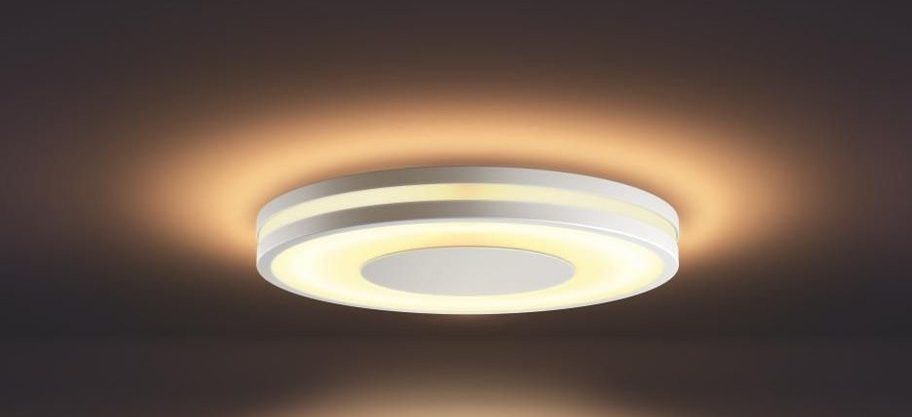
The Evolution of Smart Home Cooperation
Just a couple short years ago, the industry standard for smart home co-operation was largely done through partner programs. IFTTT (If this then that) and Works with Nest were basically the benchmarks by which you wanted to gauge your smart home products’ ability to play well with other products. IFTTT is still around, but Google finally migrated the last bits of Works with Nest nearly 6 years after they first bought them, and I’d say more modern benchmarking is probably based on whether they work with modern voice assistants—since those are becoming commonplace in homes these days.
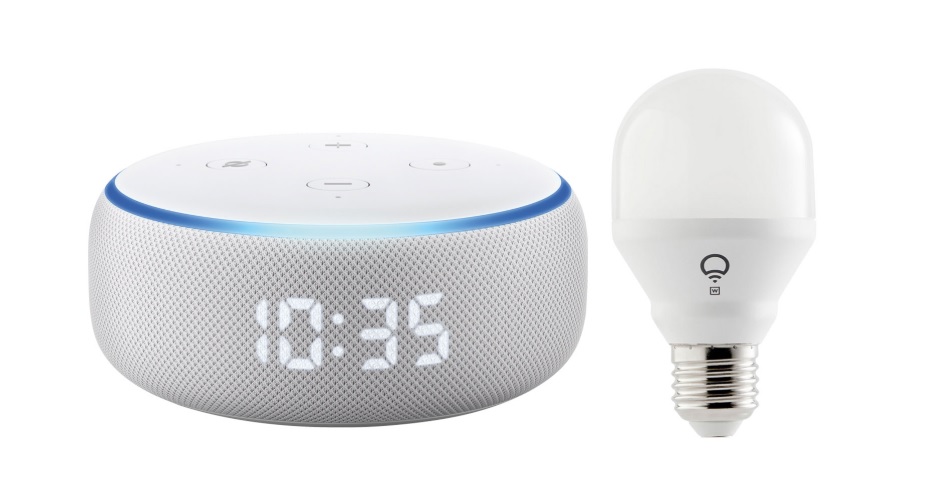
Do you have any Voice Assistants at home?
In the last couple years, voice assistant support has really picked up with smart lighting. Whereas so much of smart lighting was app driven in the past, just about everybody has caught up with the world of voice assistants, and just about every manufacturer out there offers Google Home or Amazon Echo support. In fact, LIFX now has bundles that come with Echos and Echo Dots. If you already have existing smart lights and want to connect them to your voice assistant, check Google Home or Amazon’s requirements and capabilities beforehand to see if your products are supported or if you need to upgrade. For example, the oldest generation of Philips Hue Bridges is not supported by either assistant, and if you have one, you’ll need to upgrade to the current generation bridge. The Amazon Echo Plus might offer basic functionality to your Hue lights without a bridge, but anything more and you’ll need to upgrade.
Picking your smart lighting
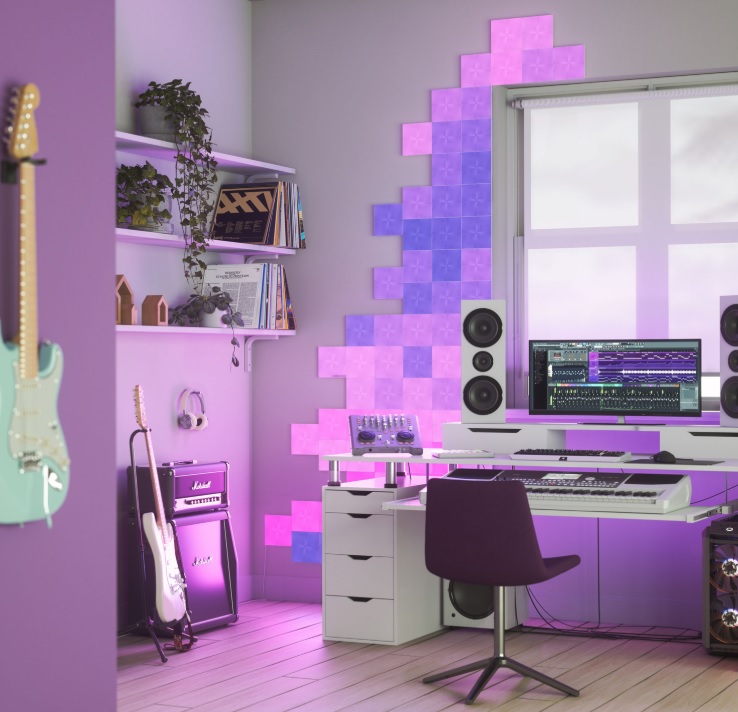 Picking Smart Lighting nowadays is really based on two ideas: Function or vanity. If you’re looking for straight functionality with the traditional light bulb, there are lots of different options out there. Philips and their Hue line are probably the industry leaders out there with the longest history and the largest selection of indoor and outdoor bulbs. Just a couple years ago, the idea of having smart lighting was largely contained indoors. Since then, the outdoor market has exploded thanks to Philips and Ring. Ring has a large selection of functional outdoor post lights, spotlights, and floodlights to choose from, too. You can even get smart lights for the holidays. Twinkly has a set of indoor/outdoor lights that are water resistant, and when set up in the right ways can react and cascade different patterns with colours of your choosing. I have a set of these that I hang up at my desk at work every year come holiday season.
Picking Smart Lighting nowadays is really based on two ideas: Function or vanity. If you’re looking for straight functionality with the traditional light bulb, there are lots of different options out there. Philips and their Hue line are probably the industry leaders out there with the longest history and the largest selection of indoor and outdoor bulbs. Just a couple years ago, the idea of having smart lighting was largely contained indoors. Since then, the outdoor market has exploded thanks to Philips and Ring. Ring has a large selection of functional outdoor post lights, spotlights, and floodlights to choose from, too. You can even get smart lights for the holidays. Twinkly has a set of indoor/outdoor lights that are water resistant, and when set up in the right ways can react and cascade different patterns with colours of your choosing. I have a set of these that I hang up at my desk at work every year come holiday season.
Then there is the vanity/entertainment aspect. These are lights that you get for the sake of enhancing the look of your living spaces. This is where you’d look to Philips Hue’s strip lights—or my personal favourites, which are Nanoleaf’s panel lights. I don’t have a good reason to buy Nanoleaf’s Panel Lights, but I’ve really liked the look of them ever since I first saw them. I have a couple DJ friends who have these lights and will run patterns or color schemes while they’re mixing music to help keep them motivated.
Do you want bulbs or fixtures?
When I first did this blog in 2018, indoor smart lighting was 95% bulbs and 5% fixtures. While the market is still dominated by bulbs, there are far more fixture options now. If your dusty old hallway light just isn’t cutting it anymore, you can replace it completely with a smart fixture. A couple years ago, the only fixtures available were pretty standard overhead fixtures like the Hue Ambience Aluminium fixture. There are now pendant lights, smart wall lamps, floor lamps, and even bedside lamps! All of these options are very contemporary and fit in very well with all forms of modern home decor.
What you should know about picking smart bulbs
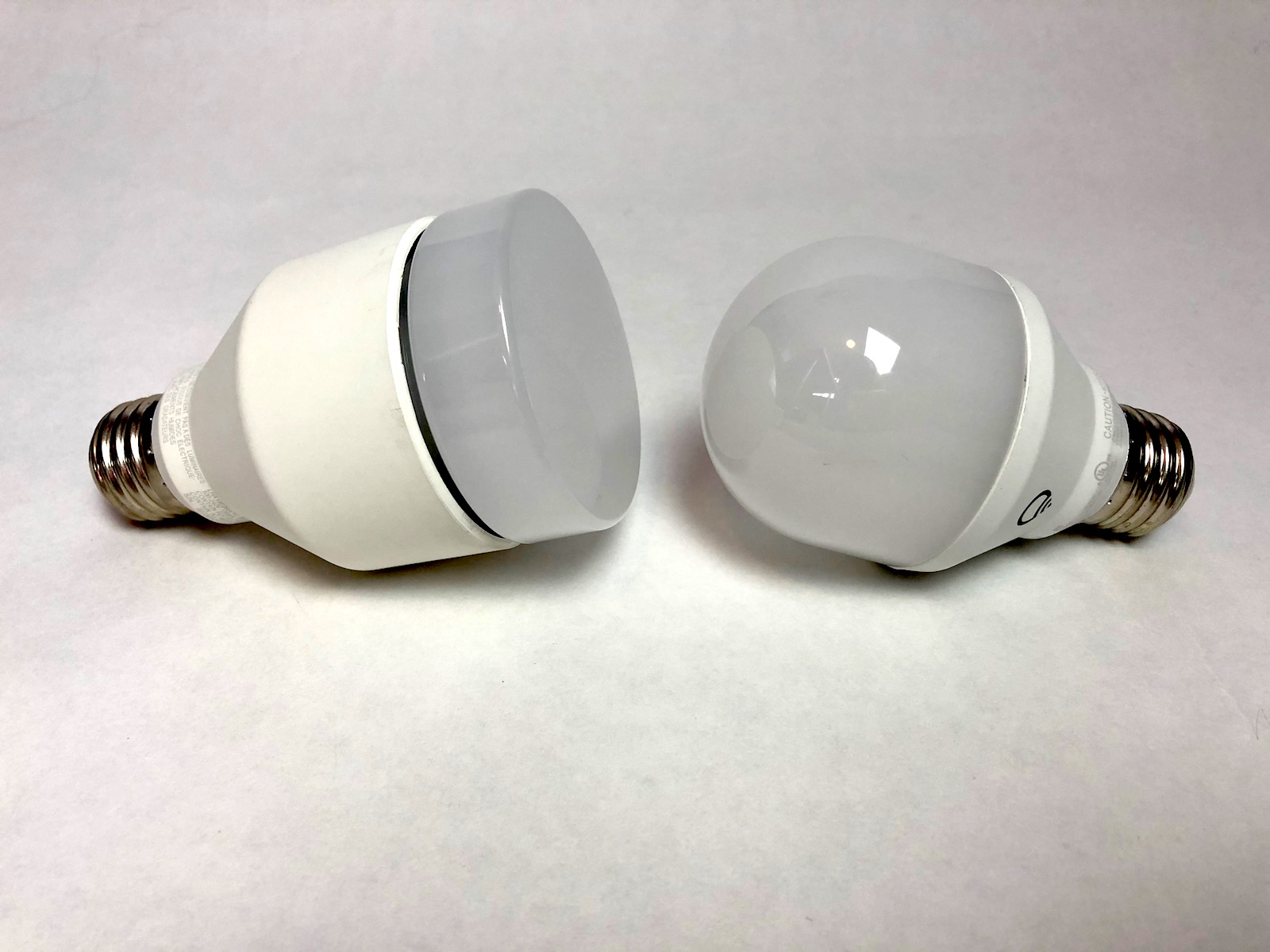 There is a lot to be said about smart bulbs. I’ve found that smart bulbs tend to run much cooler than most light bulbs, and I really enjoy their ability to dim and/or change colour (depending on the type of smart bulb you have) on the fly. The ability to turn the bulbs themselves on or off without being near a light switch is really neat as well.
There is a lot to be said about smart bulbs. I’ve found that smart bulbs tend to run much cooler than most light bulbs, and I really enjoy their ability to dim and/or change colour (depending on the type of smart bulb you have) on the fly. The ability to turn the bulbs themselves on or off without being near a light switch is really neat as well.
As you decide to pick out smart bulbs, think about the type of light fixtures you’ll be installing your bulbs in. The recent recommendations many LED bulb manufacturers have had about only installing bulbs in open light fixtures seems to hold true to smart bulbs as well. I spoke to a lighting expert about this one time, and she advised me that the reason this is a recommendation is because installing the bulb in a closed fixture (when recommended for an open one) may cut the life expectancy in half.
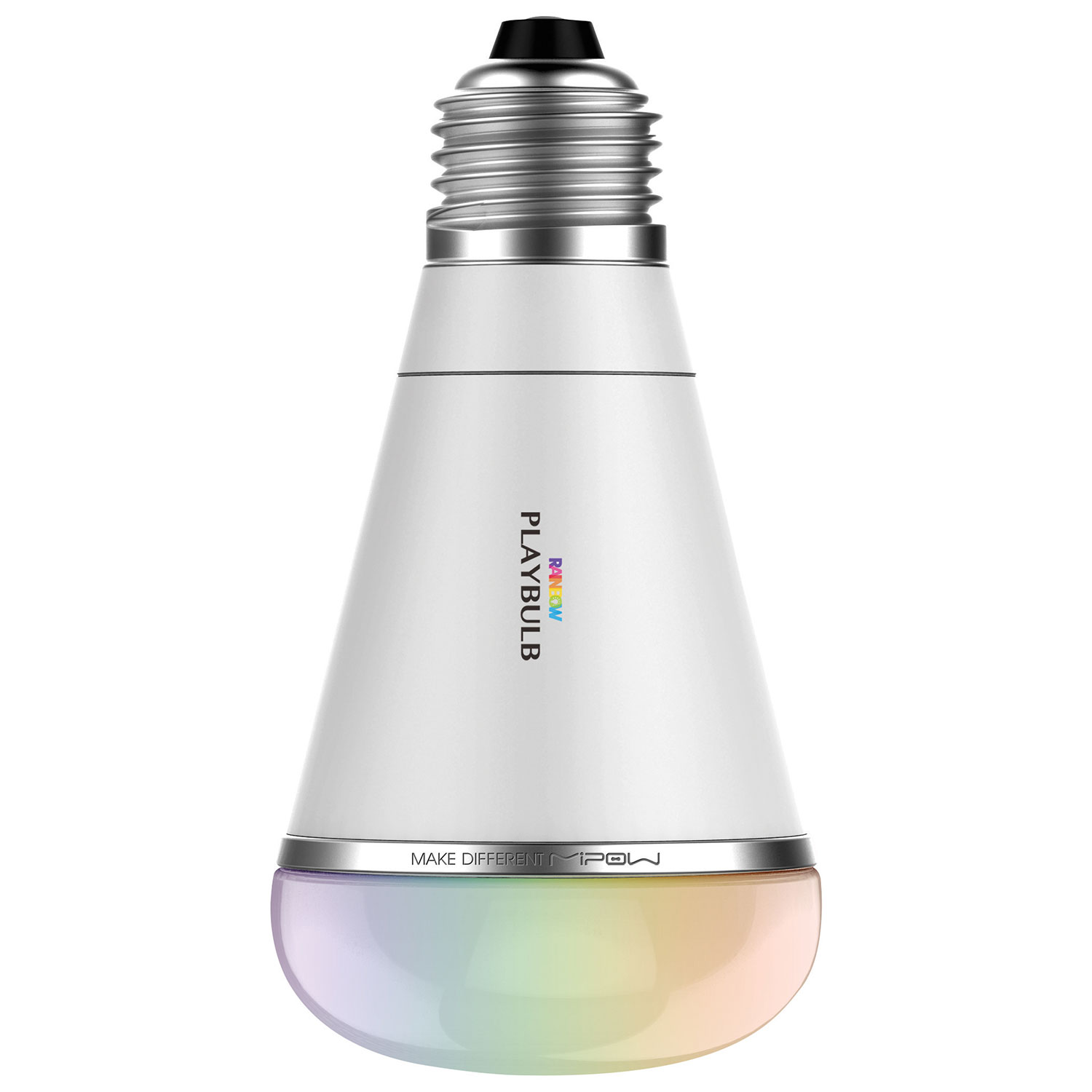 While the open/closed light fixture debate may not be a big one, many smart bulbs recommend installation in a single switch light fixture. This is one of the reasons I haven’t put a lot of smart lighting in my home. Unfortunately, much of the commonly used lighting in my home can be powered by two different switches for the same fixtures. When I asked why this was problematic for smart bulb manufacturers a couple of years back, they advised me that their testing showed that installing a bulb on a multi-switch fixture and using the different switches repeatedly could result in the bulb losing sync with the app and being unable to be controlled. I’d say that there is less chance that this happens if you’re only ever using one switch and the lighting app itself, but if it’s still true, that could be quite annoying.
While the open/closed light fixture debate may not be a big one, many smart bulbs recommend installation in a single switch light fixture. This is one of the reasons I haven’t put a lot of smart lighting in my home. Unfortunately, much of the commonly used lighting in my home can be powered by two different switches for the same fixtures. When I asked why this was problematic for smart bulb manufacturers a couple of years back, they advised me that their testing showed that installing a bulb on a multi-switch fixture and using the different switches repeatedly could result in the bulb losing sync with the app and being unable to be controlled. I’d say that there is less chance that this happens if you’re only ever using one switch and the lighting app itself, but if it’s still true, that could be quite annoying.
In speaking to some blog readers and family members, one of the hesitations that they’ve had with committing to smart bulbs is having to buy additional hardware to make it all work (like the Philips Hue Bridge). That’s since been resolved. While Philips still sells their traditional smart bulbs and bridge, they also have Bluetooth enabled alternatives that give you all of the same features without the need for that bridge. Best of all, there’s very little (if any) price difference between the two.
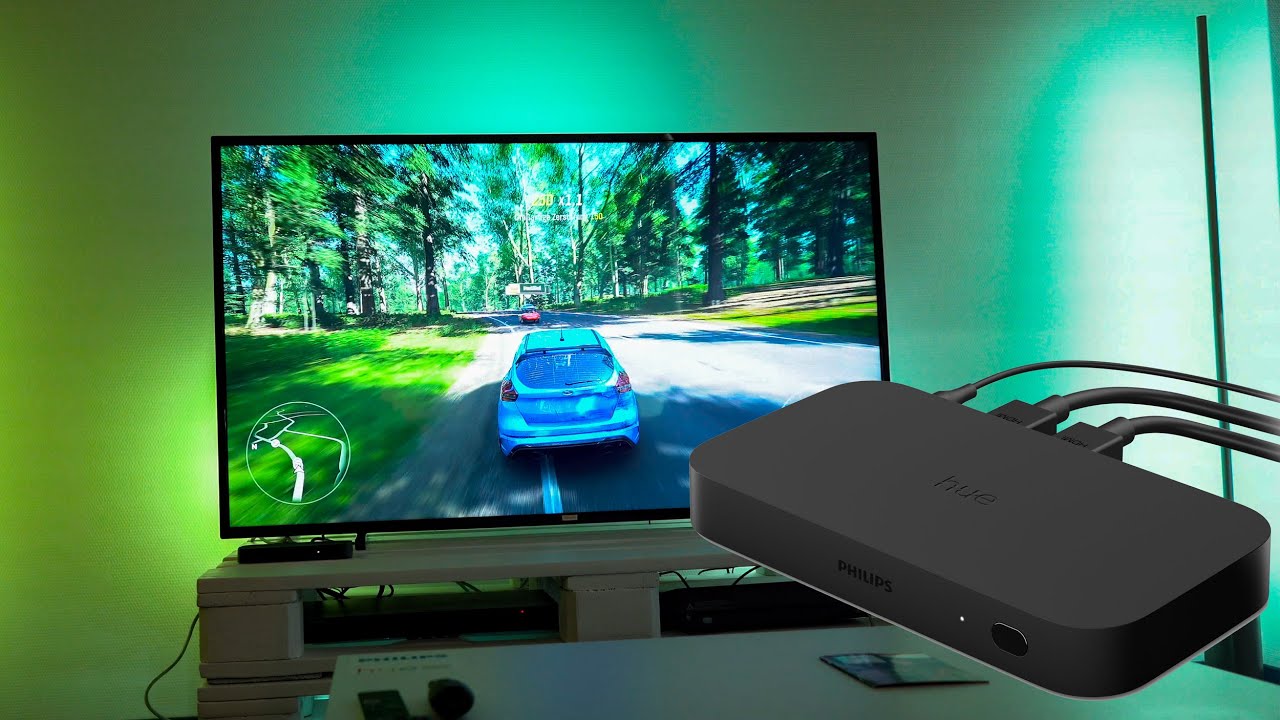
Incorporating your Smart Lighting into your media
One of the neatest smart lighting movements of the last couple years has been trying to incorporate it into your media. A few years back, there was a smart light bulb that you could interface with IFTTT so it would flash different colours if your favourite hockey team scored a goal. That was cool, but Philips has taken it to the next level with their Hue Play HDMI Sync Box. Using all existing Hue technology, this Sync box can connect your TV or other HDMI enabled media (i.e., video game systems) to create a more immersive experience.
In a future blog, I’m going to be discussing Smart Light Switches. These are a better option for homes with lots of closed light fixtures (like mine). Smart Light Switches are much more hands on and need more care with installation. Please keep an eye out for that blog in the future!
Whatever your smart lighting wishes are, there are options now available for you at Best Buy. You have your range of functional smart lights and entertainment based lighting now available online and in-store.


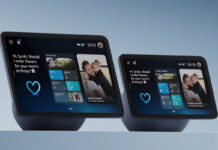
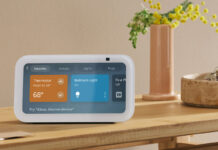
I am a smart living enthusiast and always try something new to experiment the latest trends of living. You have written such a wonderful post. Kudos to you dear.
Comments are closed.